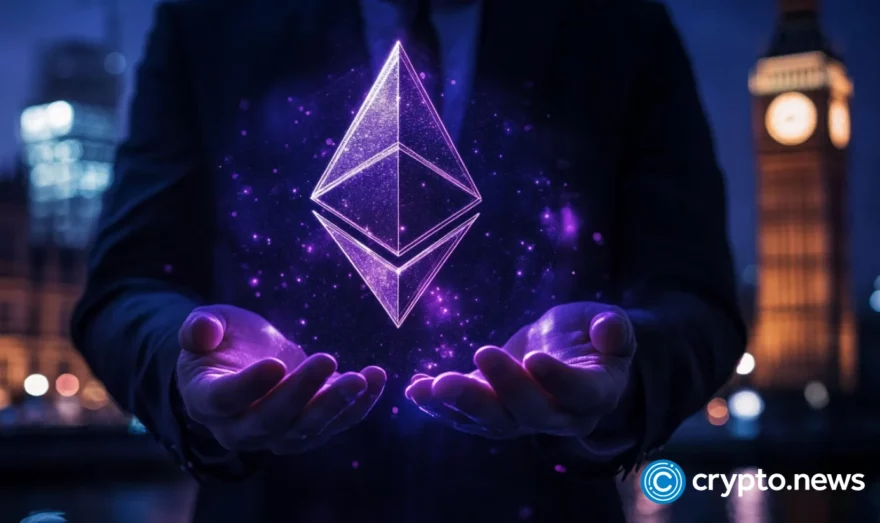The Limitations of Tokenizing Precious Metals

The premise behind tokenizing metals is simple: instead of investing in physical metal, you invest in a digital token representing the metal. The idea is that this will allow investors to take advantage of the metal’s value without dealing with the hassle and risk of owning physical metal. So is this a viable investment strategy? Here are some limitations that should be considered before making a decision.
Limitations to the Tokenization of Precious Metals
Poor Sensitization
The first challenge comes in the form of inadequate knowledge concerning the entire subject. Most people have no idea whether it’s even possible to tokenize precious metals. It plays a direct role in limiting the adoption rates of such tokens and cryptos.
Those in the know are hardly aware of the benefits of holding tokenized precious metals. They are also not aware of where to access the proper market platforms for the same. The latter raises concerns about scams.
The situation can largely be attributed to the high rate of negative news on cryptos in mainstream media, influenced by governments’ war on cryptos. Advertisements for tokenizing precious metals have also mainly been making circles within crypto communities. The general public ends up staying in the dark, curtailing the adoption rate of such tokens.
Competition From the Market’s Largest Players
The largest players in the precious metals markets are governments, which trade the metals for strategic forex reserves. To give an idea of how big a market they are, the gold demand from central banks in 2019 sums to 650.3 tons. That’s about 31% of the total global demand for gold during the same year.
Governments, however, have trading platforms through which they sell or purchase such assets. These platforms include direct links to mining companies and intermediaries, who have to do a tendering process first. Governments also trade directly with other governments where precious metals like gold and silver are concerned.
The repercussions of this are that the tokenized precious metals’ marketplaces can only access about ⅔ of the total markets at any one point in time. Other major players like miners, large intermediaries and banks also participate in the government-owned marketplaces and/or have their in-house marketplaces.
Lack of a Global Consensus on Their Regulation
The entire blockchain industry is relatively young. The fact that it’s one of the most disruptive recent innovations has sent governments scrambling recently to institute regulations on the sector. Tokens representing precious metals have also been caught up with it.
But internal regulations, while a huge hurdle, aren’t the primary issue. The main problem where regulation is concerned is the lack of an internationally agreed-upon and harmonized system of legislation to regulate the sector.
For instance, the taxing system is not harmonized across borders. A government might not have a problem with a foreign investor participating in the tokenized precious metal trade within their jurisdiction. However, the investor’s home government might have a pretty combative stance against blockchain and view the transaction as tax evasion. So while tokenized precious metals enjoy the trappings of fast and cheap cross-border transfers that blockchain offers, they face severe regulatory hurdles.
Underdeveloped Markets
The problem of underdeveloped markets is yet another issue that has emerged due to the meteoric rise of Decentralized Finance. They’ve grown too fast for the development of markets to catch up, especially from a legal standpoint.
For starters, there is a chronic insufficiency of licensed marketplaces for trading tokenized precious metals. It makes things harder for precious metals investors, who prefer to commit their financial assets within the legal non-tokenized markets.
In addition, the marketplaces lack in-depth inter-linkages with traditional finance institutions for smoother movement of finance. Most traders in precious markets hold their investment capital in investment banks. Such banks usually have inter-linkages with the traditional precious metals markets and assigned investment advisory services.
Increased Susceptibility to Loss via Cybercrime
A major drawback facing the tokenization of precious metals is the inherent nature of blockchain. It is the issue of the increased susceptibility of precious metals to cybercrime.
To be fair, the blockchain system upon which the token is minted is entirely secure. That’s thanks to the 51% attack rule and the blockchain’s immutable nature. The problem arises from the time they’re moved to wallets for storage. Hot wallets are particularly vulnerable due to their online nature, acting as a major disincentive to investors from tokenization.
Author’s Take
The tokenization of precious metals provides solid evidence of why blockchain is a versatile innovation. Its benefits are profound, from faster transactions to cheaper costs, immutable records, reduced counterfeits and many others.
As a recent innovation, several teething problems still need to be addressed for the concept’s success. For the most part, most of these problems will be gradually solved. These are poor sensitization, underdeveloped markets and the lack of a globally harmonized regulatory framework.
The use of cold wallets can solve increased cybercrime susceptibility. The competition from the largest players presents a formidable hurdle. Partnerships are a compromise that could work well here.














